Playing Bigger… in Conservation and Climate Tech
Category Designers exist to solve unsolvable problems.
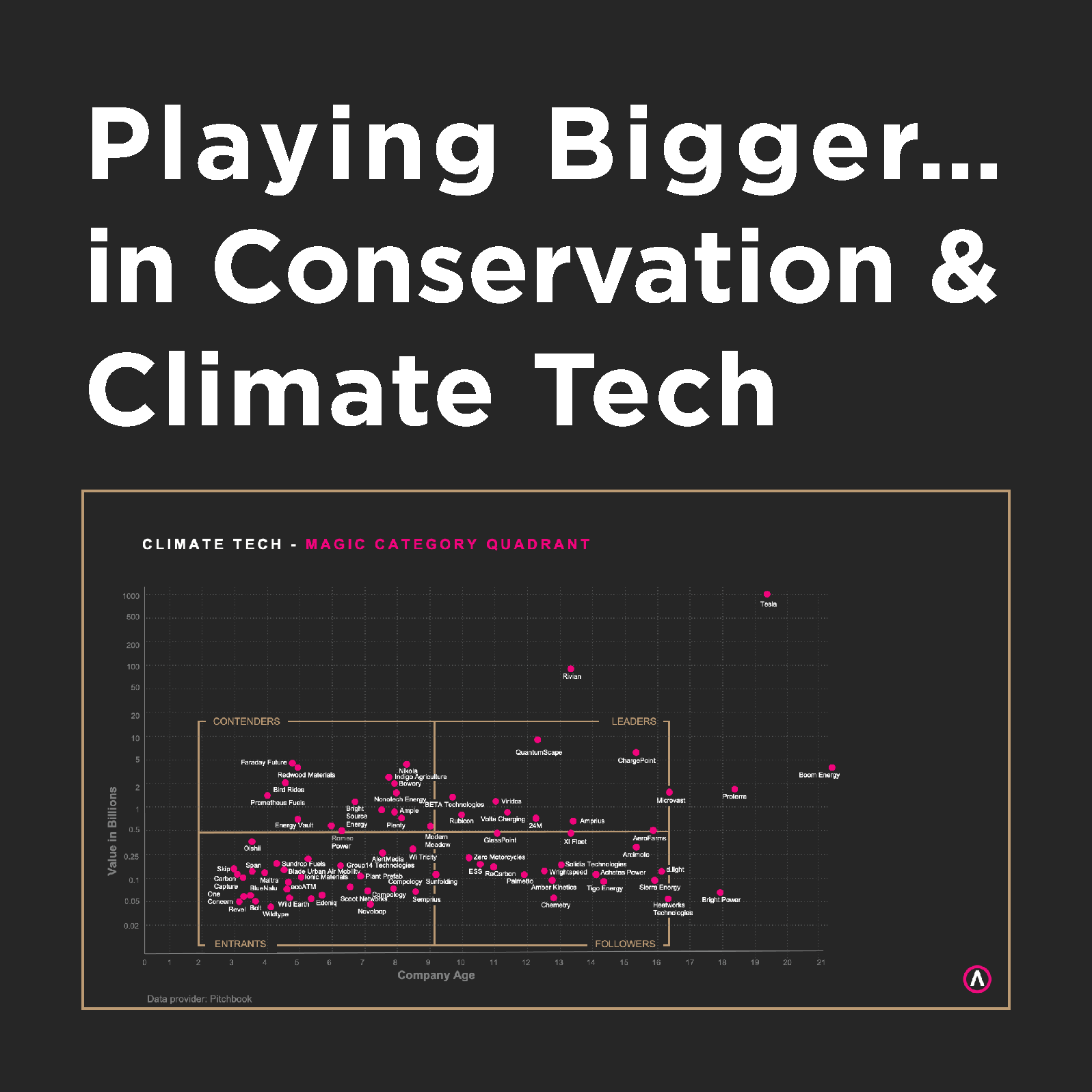
At Play Bigger we see a massive problem right in front of us – in fact for our Founder, Al Ramadan – something that’s quite literally right outside of his front door.
Back in January, he awoke to a breathless call from Hillary Bryant, the former mayor of Santa Cruz, while a climate-change-fueled bomb cyclone was ravaging the coastline outside. He flipped on the light switch, but the lights were out, so Al answered the mayor’s call in the dark.
Wet and cold from trying to stop people and cars from getting washed off the road by giant waves, Bryant relayed the situation: West Cliff Drive was in the ocean. Washed away by powerful storm surges. “Al,” she said as the storm began to ebb, “This isn’t going to get better. It’s going to happen again. If we don’t do something about this, nobody will.”
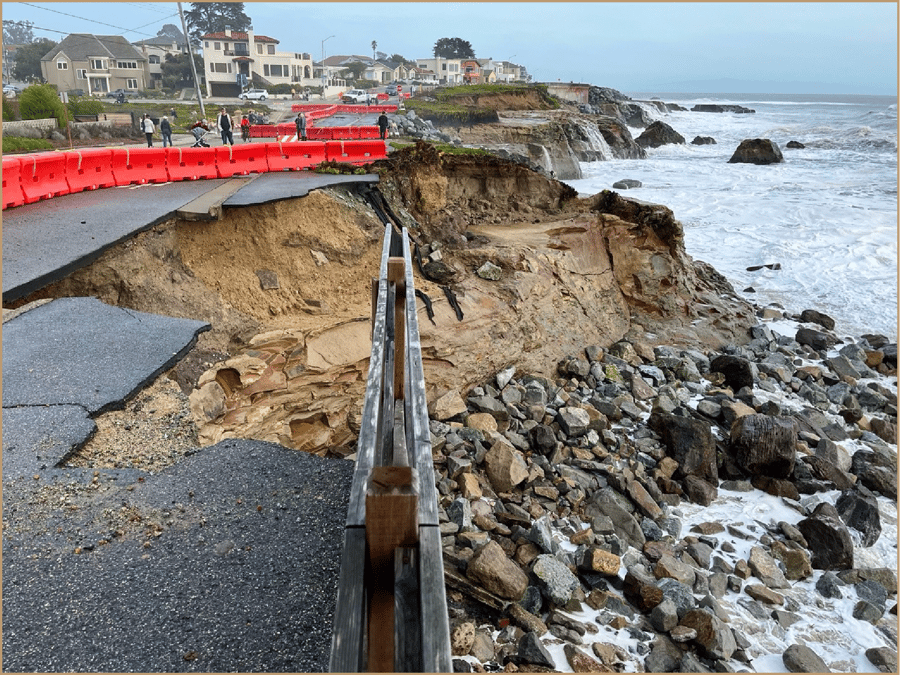
Photo by Bob Pearson
The incredible story of what Al, Mayor Bryant, and a band of newly minted, local category designers did in response is relayed below.
But it also led to a realization for us at Play Bigger.
We need a sustained effort to find and solve climate and conservation efforts globally, and we believe Category Design is a super power to do this.
Play Bigger is committing to make category design available to these companies, setting aside at least 1/3 of our new engagements for climate tech and conservation organizations. We take on fewer than 10% of the companies who approach us. But for climate and conservation organizations, those numbers just got a lot better.
Now, here’s the rest of the West Cliff story:
SAVE WEST CLIFF
You have probably heard us say: “The problem isn’t the problem. The problem is your attitude about the problem”.
In the case of West Cliff, the attitude towards the problem is what needed to change the most.
In a presentation to Santa Cruz City Council, Al explained:
“In the aftermath of the storm Save West Cliff (SWC) was founded and it tapped into something our community was feeling.
That is, West Cliff is more than a road with pipes under it.
It is a living ecosystem with a rich history.
Our West Cliff Recreational Area is about park lands, surf breaks, bike paths, walking trails, access points, a scenic drive, beaches, kelp beds, seals, sea otters and endangered species.
And the sheer joy of a vantage point across one of the world’s wonders – MONTEREY BAY.
And yes, like Yosemite, it has a road through it.”
Save West Cliff had to change the problem from one focused on traffic impacts and road closures to dealing with the real threat – bomb cyclones powered by atmospheric rivers and how to protect not just the road but the whole space which they named the West Cliff Recreation Area.
That move is what we call a giant FROTO in our best-selling book, PLAY BIGGER.
Al and Hilary recruited a category design team from within the community made up of elected officials, prominent scientists, non-profit CEOs, community icons and professional surfers.
They built a coalition with City of Santa Cruz leadership, County Supervisors, Elected officials, Surf Clubs, local businesses and some of the most influential community members. It was a modified version of the ecosystem process we use in our category design methods.
They did a lightning strike to launch the Save West Cliff movement and recruited more than 500 people. Local press began covering the SWC movement, which led to statewide and national news coverage and a New York Times article.
National press raises the stakes. Whether the community liked it or not, Santa Cruz was destined to be an example of how a community and its city government responds to what many believe is the biggest problem of our time, Climate change.
A Thunderclap launched their manifesto in the form of a book called “West Cliff: Beloved and Iconic. A Visual Record” with the help of UC Santa Cruz digital archives and some of the brightest scientific minds in Planetary Science.
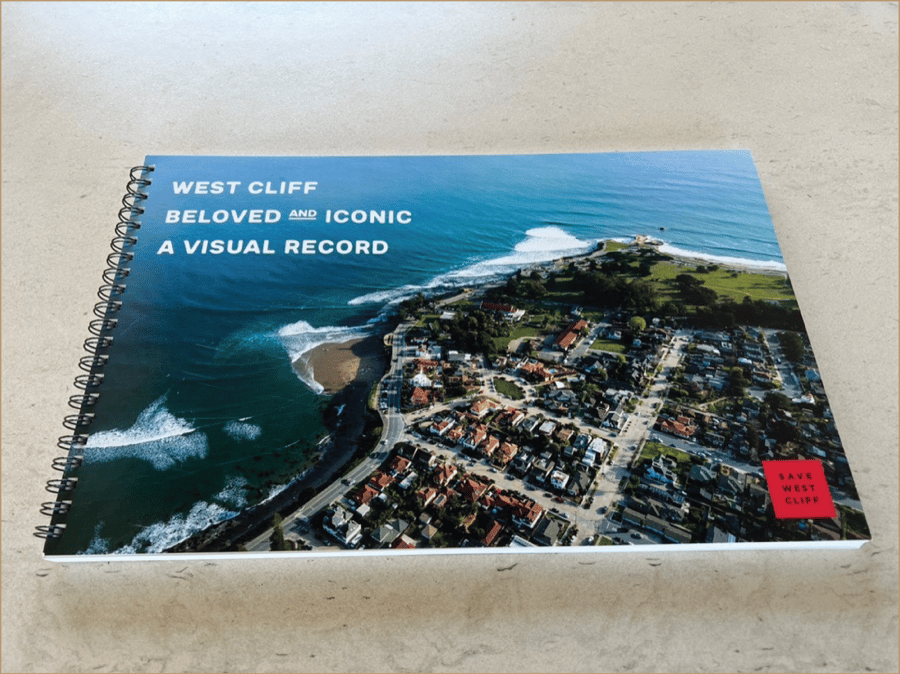
The book is currently available in local bookstores, museums, libraries, schools, and businesses throughout Santa Cruz County. It uses historical images over a period of 100 years to show the loss of coastline. It uses science to explain the threat, along with numerous maps of the West Cliff Recreation Area. It concludes with examples of how other communities around the globe have tackled the threat of climate change.
And why there is hope.
Last week, the Santa Cruz City Council changed their approach by announcing new mandates and associated milestones not only related to the immediate threat, but also a 50-year plan and an expanded group of agencies in that mission including Federal, State, Coastal Commission and other agencies who have jurisdiction in the West Cliff Recreation Area.
The demarcation in language caused a change in thinking which ultimately created a demarcation in action.
Category Design is about changing the way people think about a problem.
SAVE THE WAVES COALITION
Our commitment to this conservation-based category design has roots in pro-bono work we did a few years back Nik Strong-Cvetich and his non-profit, Save The Waves Coalition, who is dedicated to protecting surfing ecosystems around the world. Following the category design we did together, they have become the leader in a new category we named Surf Ecosystem Conservation. Their impact expanded significantly, and they are well on their way to their goal of protecting 1000 waves. Additionally, they have doubled their annual income.
Here is the category blueprint we created together:
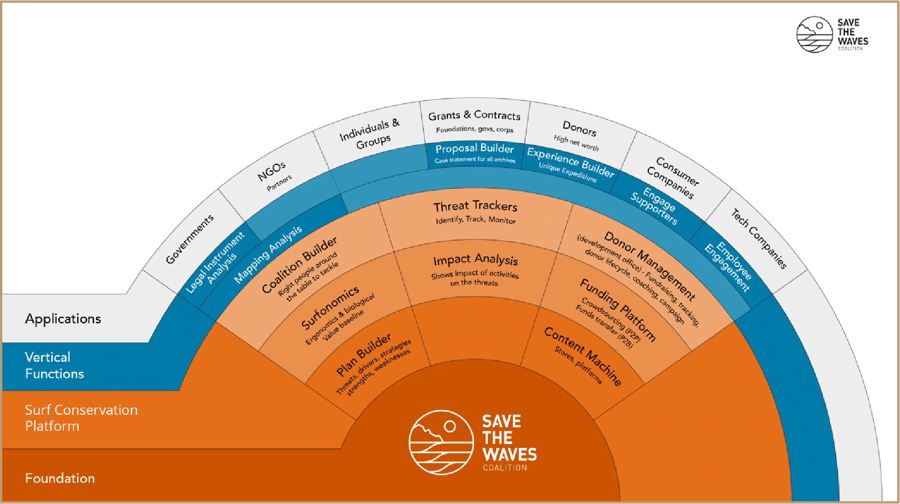
CATEGORY DESIGN FOR CLIMATE TECH
About nine months ago, we participated in The Climate Salon at Stanford where we launched our Category Design for Climate Tech initiative.
It got us fired up to be more involved with helping to shape and drive solutions in this space. The attendees included an inspiring mix of venture capital firms such as Breakthrough Energy Ventures, Kepos Capital and Lime Rock New Energy; investors like Libby Wayman (BEV), Linda Chak (Fidelity) and Shally Shanker (Aiim Partners); and some of the brightest entrepreneurs in the climate space including Josh Green (Inspiration Mobility) and Rafael Simon (Silvec Biologics). The conversations and people we were fortunate enough to spend time with reinforced not only the vibrancy of the space, but equally the challenges so many face trying to turn their different into mass adoption. If it wasn’t already maxed at 11, the urgency to help as many founders as we can only grew.
We shared our first Climate Tech Magic Category Quadrant with attendees.
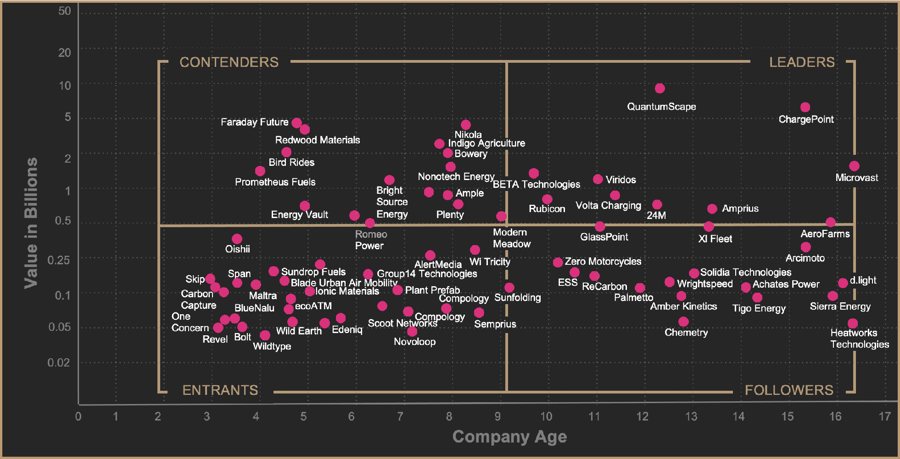
If you are a climate tech or conservation leader, please reach out to us.
If you have colleagues or friends in climate tech or conservation, have them reach out to us.
We are serious about changing the way people think about climate change.
Play Bigger Team
